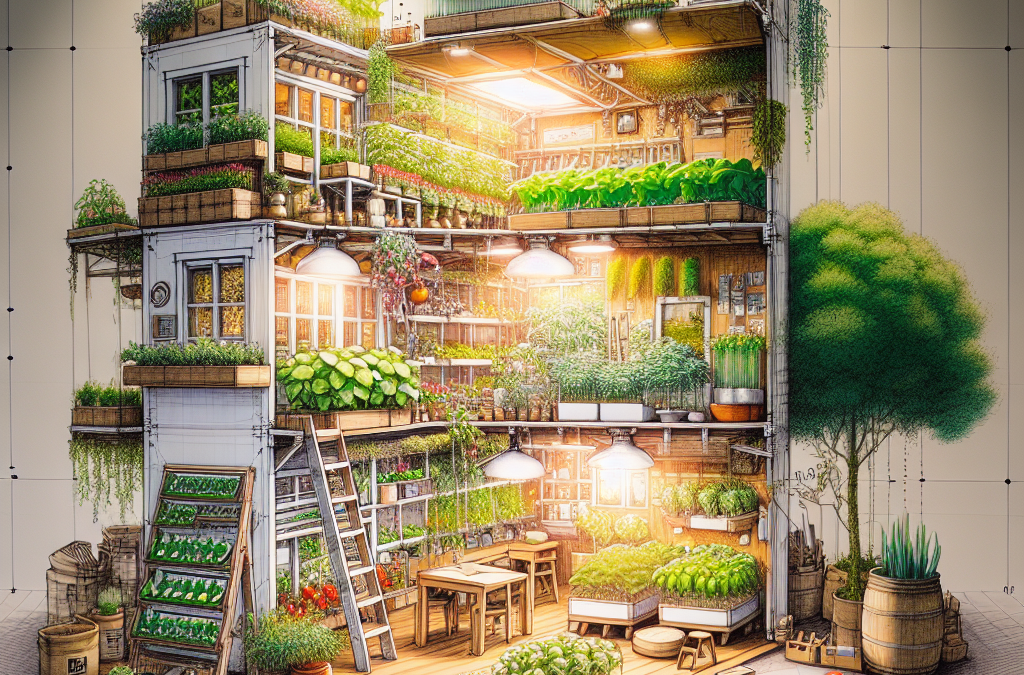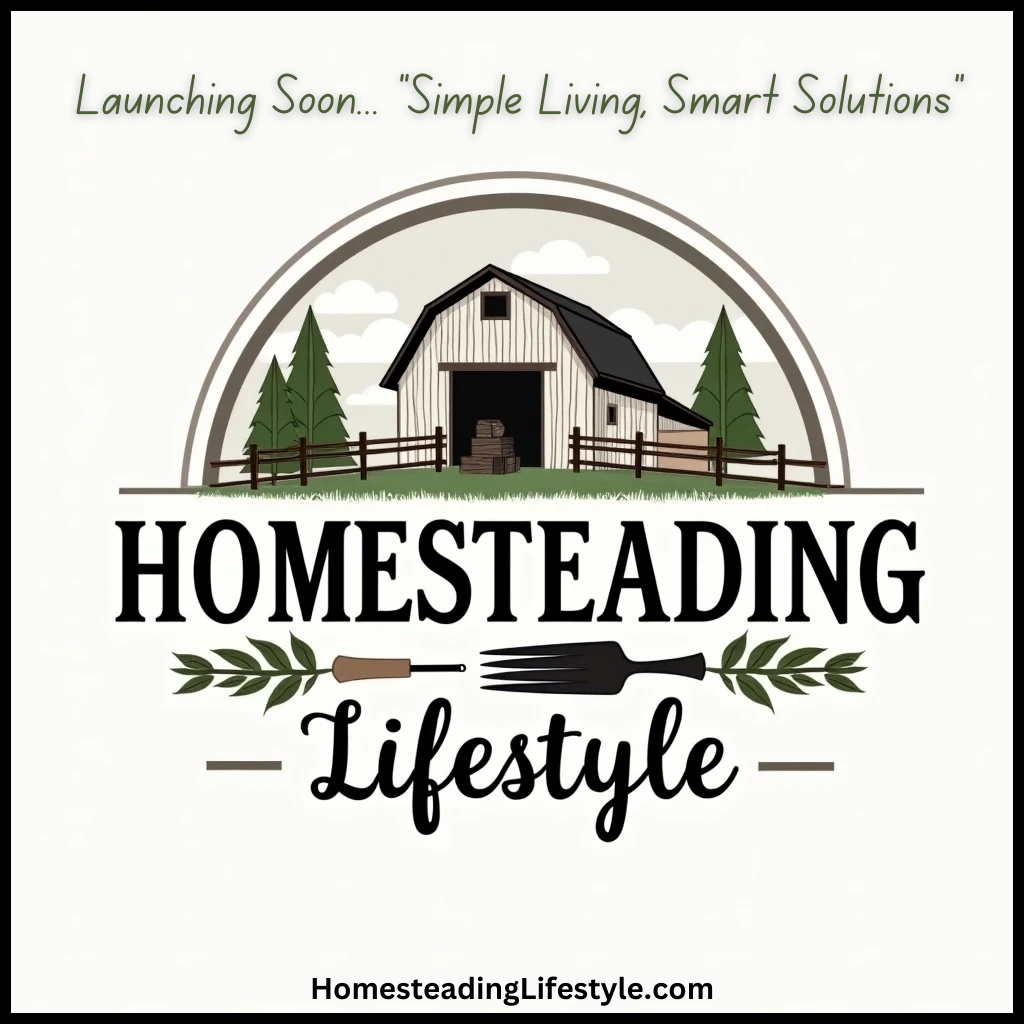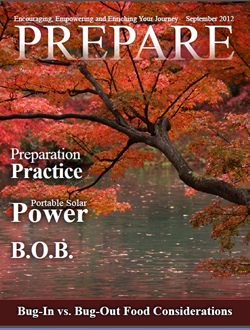Vertical Gardening
Maximize Your Space
When I first got into home farming, I quickly realized that space was a serious hurdle. Vertical gardening changed everything for me. By using walls and fences, you can grow your plants upwards instead of outwards. This approach is not only efficient but also super trendy!
Simply stacking your plants or using planter boxes with climbing structures can really open up your gardening possibilities. Think of it as a garden that reaches for the sky. You can even use pallet wood or old crates to create your own vertical gardens. Trust me, it’s fun to build your own garden structure!
Don’t forget about herbs, they do great vertically, too! I started with a small herb wall, and now I have fresh basil, thyme, and rosemary at my fingertips. It’s like having a mini grocery store right at home!
Choosing the Right Plants
Alright, let’s talk about plants! Not all plants thrive in vertical gardens, so choosing the right ones is key. I found that strawberries and peas are fantastic for these setups. They not only look great but also yield delicious results!
Another good option is certain types of tomatoes—these plants are like the champions of vertical gardening. Just give them a sturdy stake, and you’re golden. The satisfaction of harvesting your own tomatoes is unbeatable, and it saves you a bunch at the grocery store.
Lastly, consider flowering plants for aesthetics. They can bring a lovely burst of color to your vertical space without taking up ground area. You’ll have a stunning garden without doubling your work. Who doesn’t want that?
Maintenance Tips
Now, here’s where I learned the hard way: maintenance is crucial for a successful vertical garden. You have to keep an eye on watering since vertical setups can dry out faster. I recommend checking your plants every day, especially during summer when the sun is blazing.
Also, regular pruning is key! Keeping your plants trimmed will not only help them grow better, but it’ll also prevent diseases from spreading. Plus, it’s a great excuse to get outside and spend a little time in your garden.
Finally, don’t forget to feed your plants with some quality fertilizer. I’ve seen great results by using organic fertilizer. Your plants will thank you with a bountiful harvest!
Container Gardening
The Benefits of Container Gardening
Container gardening is my jam! I’ve found it’s an excellent method for those of us with limited space. You can elevate your plants, giving them the warmth they crave and making them more accessible for care and harvesting. Plus, it looks charming on patios or balconies.
What I love about container gardening is the flexibility. You can choose different shapes and sizes of containers—a lovely ceramic pot, a repurposed bucket, or even some funky old tires! Just make sure whatever you choose has good drainage, so your plants don’t drown.
Also, container gardening gives you more control over your soil quality. You can tailor your potting mix to exactly what each plant needs. Believe me, it makes a huge difference in growth and productivity!
Choosing Containers Wisely
When it’s time to pick your containers, think about what you want to grow. Shallots or potatoes? Use deep containers; they love to dig deep! For herbs and lettuces, shallow pots work just fine. I’ve experimented, and let me tell you, the right pot can save you a ton of frustration!
Also, I’ve learned that materials matter. Plastic is lightweight and easy to move around, while terracotta looks classy but can dry out faster. Plus, don’t forget that size matters! Make sure your containers are large enough to allow for root growth.
Finally, we can’t forget about aesthetics. Choose containers that fit your style—your mini garden should make you smile every time you see it! Colorful pots can brighten up any dull corner.
Crop Rotation in Containers
Crop rotation might sound fancy, but it’s relatively simple! Since you’re growing in containers, it’s easy to switch what goes where from season to season. This practice can minimize pests and diseases while also keeping your soil nutrient-rich.
I like to keep track of what I plant using a little notebook. This allows me to rotate my veggies strategically. For example, if I grew tomatoes in one pot last year, I might try peppers this year. It keeps things exciting and productive!
Additionally, changing what’s in each container allows for a diverse range of nutrients. Over time, it leads to healthier plants and yields. And let’s be honest, who doesn’t want more delicious veggies to munch on?
Indoor Herb Gardens
The Joy of Cooking with Fresh Herbs
Creating an indoor herb garden has been one of my best decisions! I can’t get over how convenient it is to snip fresh herbs while cooking. It adds that extra kick to my dishes, and I save a ton on grocery bills.
Plus, the aroma of fresh herbs is just heavenly. I usually keep my little indoor garden on a sunny windowsill where I can keep my basil, parsley, and chives thriving! This little touch of green not only beautifies my kitchen but also keeps it fresh!
So, if you’ve never tried to grow your own herbs, I absolutely urge you to do it! Just think of how satisfying it is to sprinkle some of your own home-grown basil on a fresh pasta dish. Yum!
Lighting and Care
Indoor herbs need light, and I can’t stress enough how important it is to find the right spot. Look for a spot that receives at least 6 hours of sunlight. If your space is lacking light, don’t sweat it! You can easily invest in grow lights to give your herbs the boost they need.
Watering is another critical factor. Herbs don’t like to be overwatered, so I usually just check the soil first. If it feels dry an inch below the surface, it’s time to give them a drink. Easy peasy!
Also, remember to regularly trim and harvest! This not only encourages new growth but also helps prevent your herbs from becoming leggy. It’s like giving your little plants a spa day by grooming them!
Choosing the Right Herb Varieties
When it comes to herbs, there are countless varieties to choose from! I’ve found that basil and mint are the stars of my garden. They’re not only versatile, but they also grow like champions indoors!
Another great herb for beginners is cilantro. It’s fairly hardy and can withstand occasional neglect! Oregano and rosemary are also solid choices since they add fantastic flavors to a wide range of recipes.
Just remember to keep it simple at first. It can be overwhelming to try and grow them all, but starting with just a few varieties will let you learn their needs without getting frazzled. You’ll get the hang of it in no time, I promise!
Composting in Small Spaces
The Benefits of Composting
I’ve discovered that composting is an awesome way to reduce kitchen waste while enriching my garden soil. Seriously, it’s a win-win! It’s fascinating to see how your scraps can turn into black gold. For small spaces, it’s a great eco-friendly practice.
For me, the best part is the nutrient boost it provides to my plants. I often use my compost to nourish my container gardens, and I’ve noticed a remarkable difference in plant health. They flourish, and I can’t help but feel a sense of pride.
Plus, composting minimizes how much waste goes to the landfill. Just think about it, you’re doing your bit for the planet while growing your little garden. That’s pretty cool!
Setting Up a Small Compost Bin
You don’t need a ton of space to get started with composting. I found that a small tumbler or even a DIY bin in a corner of my yard is perfect. All you need is some space to throw in your kitchen scraps and yard waste.
Make sure to balance your greens (like vegetable scraps) with browns (think dried leaves or cardboard) for successful decomposition. I always keep a small container in my kitchen to collect scraps before tossing them in the compost bin!
Don’t forget about moisture! Your compost should be damp but not soaking. You want to create that warm, earthy environment where microorganisms can thrive and do their magic!
Using Compost in Your Garden
Once your compost is ready, using it is a breeze! I usually mix it into my soil or sprinkle it on top as a mulch. This helps retain moisture and suppress weeds. Bonus: It beautifies my garden too!
If you’re growing in containers, make sure to incorporate compost into your potting mix. This adds nutrients while helping with drainage. My plants have never been happier!
Lastly, be mindful of how much to use. Overloading your plants with compost can be detrimental, so a little goes a long way. Trust your instincts and watch your garden flourish!
Impacts of Home Farming
Physical and Mental Health Benefits
Let me tell you, not only does home farming feed your belly, but it also feeds your soul! Growing your own food and taking care of plants is such a therapeutic experience. I personally feel a surge of happiness every time I step into my tiny garden.
Research shows that gardening can reduce stress levels and promote mental well-being. Just being outside, getting your hands dirty, and being connected to nature is powerful. I often find myself mentally recharged after a gardening session.
Plus, the exercise you get from maintaining your garden is an excellent bonus! Whether it’s bending, digging, or lifting pots, it’s a fun way to stay active without hitting the gym. Bonus points for getting fresh air!
Environmental Impact
Home farming can significantly lessen your carbon footprint. Every herb, vegetable, or fruit you grow at home means one less item that needs to travel to the grocery store. That’s a big deal when it comes to environmental sustainability!
Additionally, growing your own food often leads to less packaging waste. You get to skip the plastic-wrapped produce and excessive labels. Just grab what you need from your own kitchen garden, and you’re good to go!
Home farming also encourages biodiversity in your local area. I’ve noticed bees buzzing around my plants, and it’s such a joy knowing I’m supporting local ecosystems by planting diverse crops!
Community Building
One of the most heartwarming parts of home farming is building a sense of community. I’ve met my neighbors while sharing seedlings or exchanging gardening tips. It’s incredible how a shared passion can connect people!
In fact, I’ve even organized swap events in my area where we trade home-grown produce or gardening supplies. It brings everyone together and fosters a sense of support. Nothing beats sharing home-grown goodies!
It’s also motivating to inspire others to start their home farming journey. When friends see my little garden thriving, many have been encouraged to start their own! It’s an empowering feeling to be a part of that growth.
FAQs
1. Can I really grow all these plants in small spaces?
Absolutely! With methods like vertical gardening and container gardening, you can maximize your space and grow a variety of plants even in limited areas.
2. What’s the best way to start a garden in a small apartment?
Start with container gardening! Choose lightweight pots and select plants that thrive indoors, like herbs or small vegetables. Place them in sunny spots for optimal growth.
3. Is composting difficult in small spaces?
Not at all! You can set up a small compost bin or even a compost tumbler in a corner. It’s a compact and easy way to recycle kitchen scraps while enriching your soil!
4. How do I take care of my indoor herb garden?
Ensure they receive plenty of sunlight—either natural or from grow lights. Water as needed, and keep trimming your herbs to promote healthy growth.
5. What are the benefits of home farming?
Home farming promotes physical and mental well-being, reduces your carbon footprint, and builds community connections. Not to mention the joy of harvesting your own fresh food!





